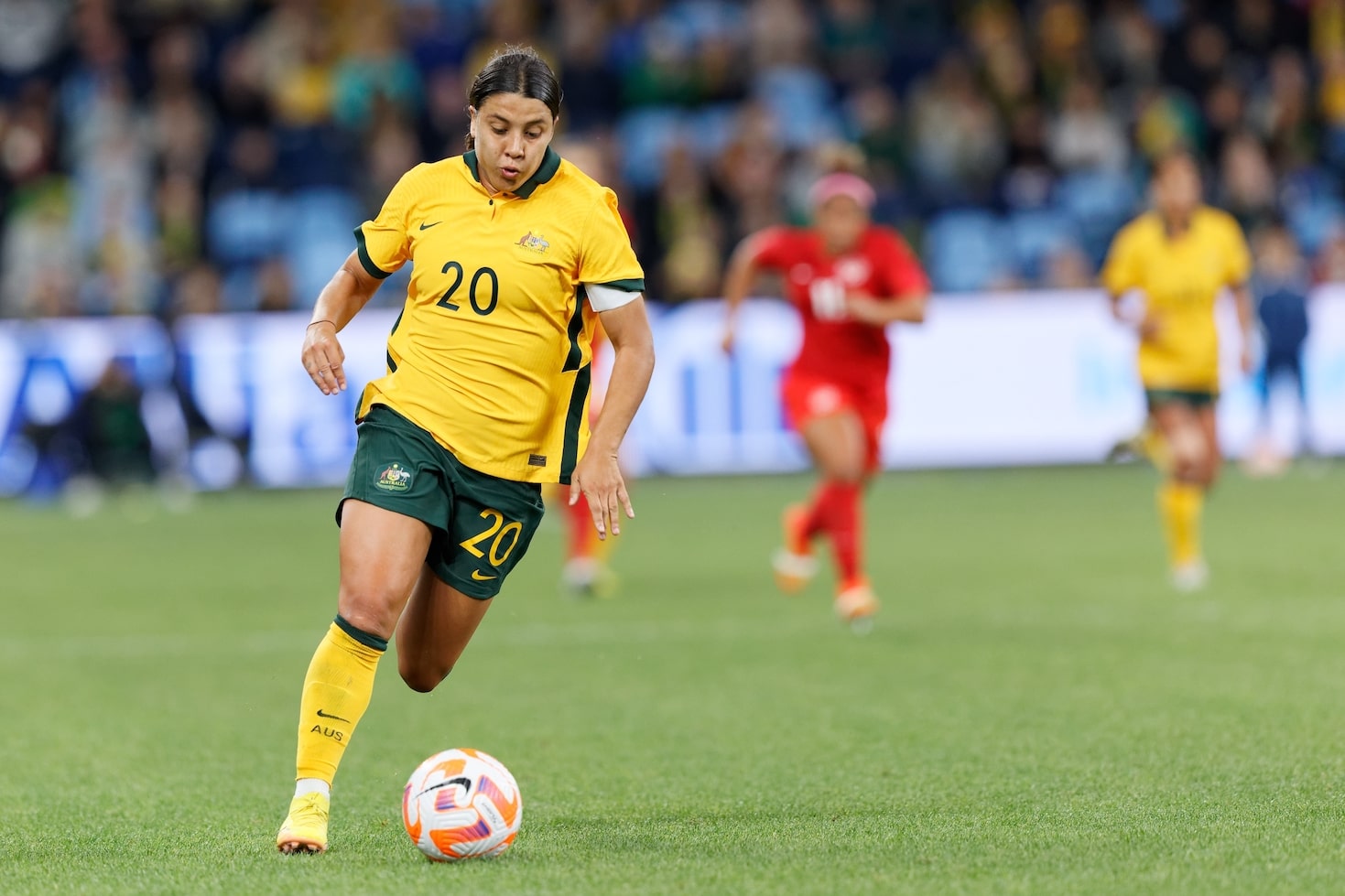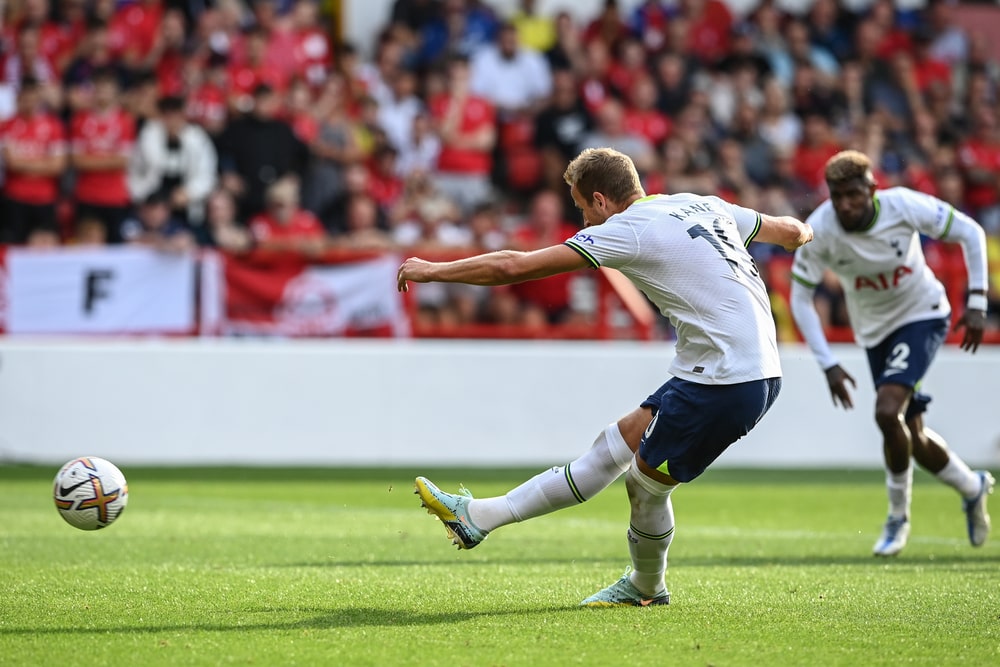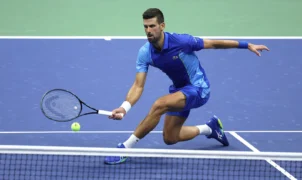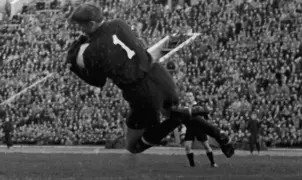Contents
- 1 Overview of the Striker Position Role
- 1.1 Key Attributes of a Successful Striker
- 1.2 Different Types of Strikers
- 1.3 Tactical Importance of the Striker
- 1.4 Evolution of the Striker Position
- 1.5 Modern-Day Strikers
- 1.6 Challenges Faced by Strikers
- 1.7 Training and Development for Strikers
- 1.8 The Striker’s Role in Youth Development
- 1.9 Celebrated Strikers in Football History
- 1.10 The Future of the Striker Position
- 2 Author
The striker position in football, also known as the forward, is one of the most critical roles on the field. Strikers are often considered the stars of the team due to their primary responsibility of scoring goals and leading the offensive charge. This article delves into the intricacies of the striker position, exploring its roles, responsibilities, and evolution over time.
Overview of the Striker Position Role

A striker is positioned at the forefront of the team’s formation, closest to the opponent’s goal. The primary duty of a striker is to score goals, but their responsibilities often extend beyond just finding the back of the net. They need to create opportunities for themselves and their teammates, press the opposing defense, and exploit spaces in the opposition’s formation.
Strikers require a unique combination of physical attributes, technical skills, and tactical intelligence. They must have excellent finishing ability, composure under pressure, and the versatility to adapt to different situations during the game.
Key Attributes of a Successful Striker
The best strikers in football possess a range of qualities that set them apart. Here are some essential attributes:
- Finishing Skills: Accuracy and composure in front of goal are vital. Strikers must capitalize on scoring opportunities with precision.
- Positioning: The ability to read the game and position themselves effectively in the opponent’s box is crucial.
- Speed and Agility: Quickness to beat defenders and agility to maneuver in tight spaces give strikers an edge.
- Aerial Ability: Strong heading skills are important for dealing with crosses and set-piece situations.
- Strength: Physical strength helps in holding off defenders and maintaining possession under pressure.
- Vision and Awareness: A good striker anticipates defensive movements and spots opportunities to exploit gaps.
- Teamwork: While scoring is their primary role, strikers must also assist in creating chances for their teammates.
Different Types of Strikers
Strikers are often categorized based on their playing style and roles within the team. Some common types of strikers include:
- Poacher: A striker who thrives inside the penalty box, often scoring from close range. Poachers rely on sharp instincts and quick reactions.
- Target Man: Usually a physically imposing player, the target man excels in aerial duels and holds up play to allow teammates to join the attack.
- False Nine: This type of striker drops deep into midfield to create space and link up play, often confusing defenders.
- Complete Forward: A versatile striker who combines skills from various types, capable of scoring, assisting, and contributing defensively.
- Second Striker: Plays slightly behind the main forward, focusing on creating chances and linking the midfield with the attack.
Tactical Importance of the Striker
The Striker Position role is not confined to scoring goals. They play a pivotal part in the team’s overall tactical setup. Their positioning and movement influence the opposition’s defensive shape, creating spaces for other players to exploit. A striker’s ability to press high and disrupt the opponent’s build-up play is also a key tactical asset.
In modern football, many managers prefer strikers who can contribute defensively, drop deep to receive the ball, and play a role in the build-up phase. This evolution has led to more dynamic and multi-functional strikers who can adapt to various systems and formations.
Evolution of the Striker Position

Over the decades, the striker position has evolved significantly. Traditional center-forwards who relied solely on physicality and aerial prowess have given way to more technically gifted and versatile players. The emergence of pressing football has also placed additional demands on strikers to be the first line of defense.
In the early days of football, the 2-3-5 formation placed a heavy emphasis on attacking, with multiple forwards. Over time, formations became more balanced, and the role of the striker became more specialized. The development of tactics like “Total Football” further redefined the striker’s responsibilities, requiring them to be more involved in the overall gameplay.
Modern-Day Strikers
Today’s Striker Position football landscape features a mix of traditional and modern strikers. Players like Robert Lewandowski and Erling Haaland are examples of classic number nines with incredible scoring ability and physical dominance. Meanwhile, forwards like Lionel Messi and Harry Kane demonstrate the versatility of modern strikers, contributing significantly to both scoring and playmaking.
The rise of data analytics has also impacted the striker position. Coaches now analyze metrics like expected goals (xG), pressing efficiency, and involvement in build-up play to evaluate a striker’s performance beyond just goal tally.
Challenges Faced by Strikers
Despite their prominence, strikers often face significant challenges on the field:
- Pressure to Perform: Strikers are judged partaitogel heavily on their ability to score goals, which can create immense pressure to deliver consistently.
- Tight Marking: Defenders often target strikers with intense marking, limiting their freedom to operate.
- Evolving Tactics: Modern defensive strategies like compact low blocks can make it harder for strikers to find spaces.
- Physical Demands: Strikers must cope with the physical demands of the position, including frequent duels with defenders and constant movement.
Training and Development for Strikers
Becoming a top-level striker requires rigorous training focused on multiple aspects of the game. Strikers work on finishing drills to improve accuracy and composure, as well as physical conditioning to enhance strength and stamina. Tactical training helps them understand how to exploit defensive weaknesses, while video analysis allows them to study opponents and learn from their own performances.
Mental resilience is another crucial aspect of a striker’s development. The ability to stay confident and focused, even during goal droughts, is key to maintaining top-level performance.
The Striker’s Role in Youth Development

At the youth level, coaches often identify potential strikers based on their natural instincts and technical abilities. Young players are encouraged to develop a well-rounded skill set, including both offensive and defensive attributes. This ensures they can adapt to various tactical systems as they progress in their careers.
Celebrated Strikers in Football History
The striker position has produced some of the most iconic players in football history. Legends like Pelé, Diego Maradona, and Gerd Müller were known for their incredible goal-scoring records. In more recent times, players like Thierry Henry, Cristiano Ronaldo, and Zlatan Ibrahimović have left an indelible mark on the game with their exceptional talents.
The Future of the Striker Position
The evolution of football tactics and technology suggests that the striker position will continue to change. Future strikers may need to be even more versatile, blending technical, physical, and mental attributes seamlessly. Innovations in training techniques, such as virtual reality simulations, could also help strikers refine their skills further.
As football continues to evolve, one thing remains certain: the striker position will always hold a special place in the sport. Strikers are the players who capture the imagination of fans, delivering moments of brilliance that define matches and tournaments.
In conclusion, the striker position is much more than just scoring goals. It is a dynamic role that requires a unique blend of skills, intelligence, and adaptability. Whether it’s a traditional target man or a modern false nine, strikers remain at the heart of football’s most exciting moments.





